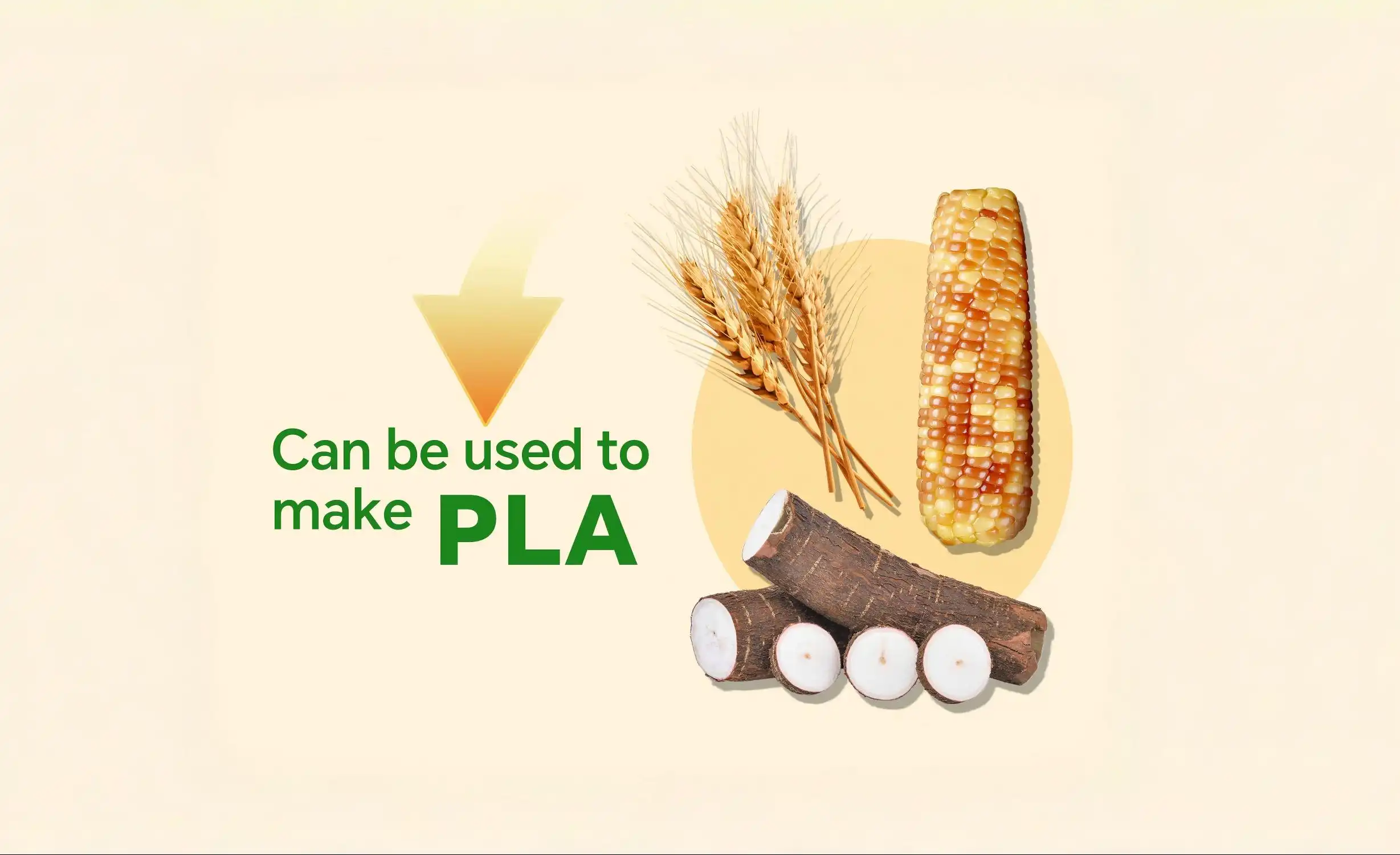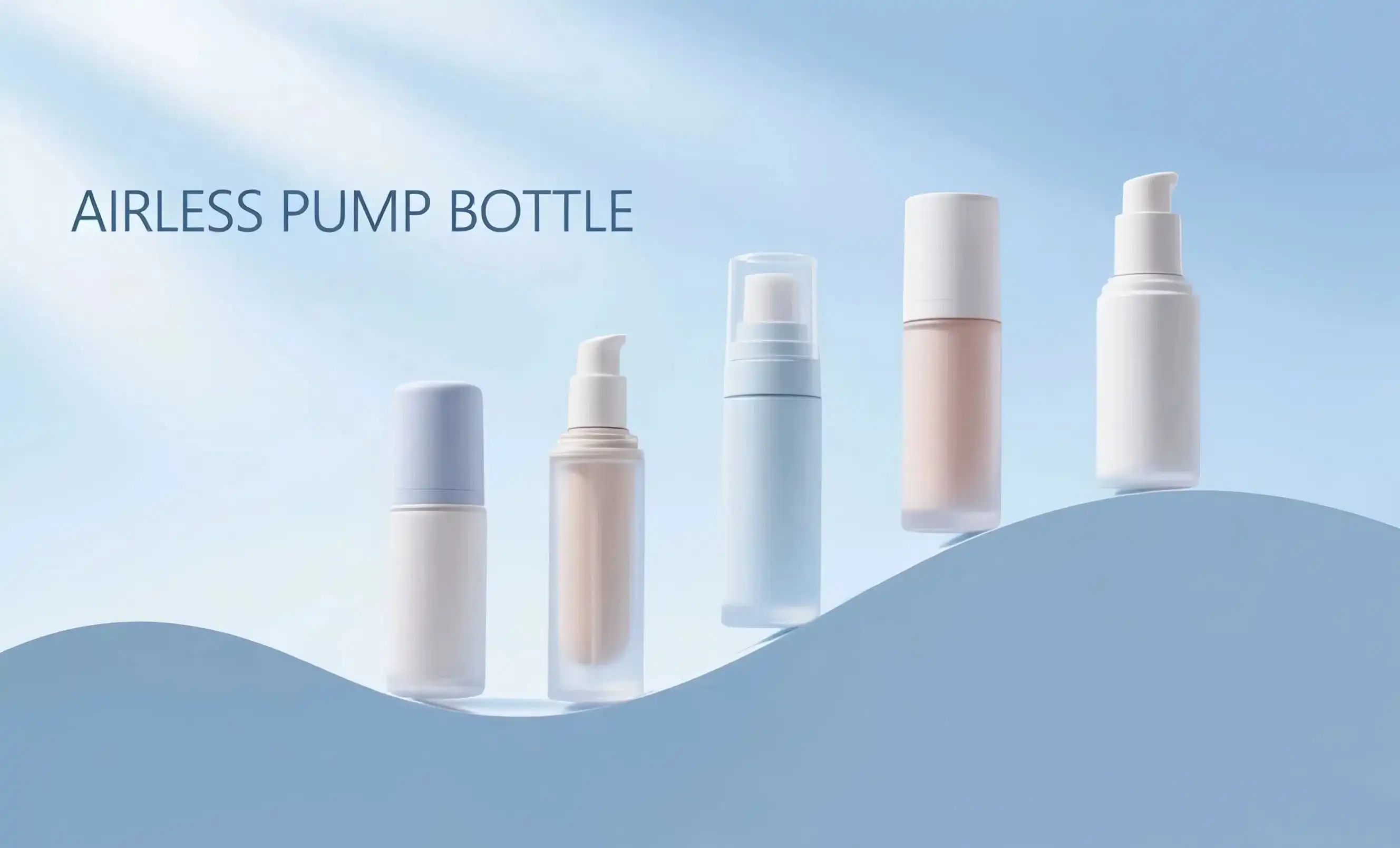Does PCR Plastic Compromise the Premium Feel of Luxury Cosmetics?
The question of whether PCR plastic can maintain the luxurious aesthetic demanded by high-end cosmetic brands is a critical consideration in the industry. Traditionally, glass has been the go-to material for premium products due to its weight, clarity, and perceived value. However, advancements in PCR plastic technology have significantly narrowed the gap in terms of quality and appearance.
Advancements in PCR Plastic Technology
Modern PCR plastics can achieve a level of clarity and smoothness that rivals virgin plastics. Sophisticated processing techniques have improved the consistency and quality of recycled materials, allowing for the creation of eco-friendly airless bottles that maintain a premium look and feel. These advancements have made it possible for luxury brands to consider PCR plastic as a viable alternative to glass without compromising their high-end image.
Consumer Perception and Brand Messaging
While some consumers may still associate plastic with lower-quality products, there's a growing appreciation for brands that prioritize sustainability. Luxury brands that opt for PCR plastic can leverage this choice as part of their brand story, emphasizing their commitment to environmental responsibility. By educating consumers about the benefits and quality of PCR plastic, brands can potentially enhance their perceived value and appeal to eco-conscious luxury consumers.
Tactile Experience and Product Interaction
The weight and feel of packaging play a significant role in the luxury experience. While PCR plastic may not replicate the heft of glass, it offers other advantages such as shatter resistance and lighter weight, which can be beneficial for travel-friendly products. Innovative texture treatments and finishes can also be applied to PCR plastic to create a unique tactile experience that differentiates the product and maintains a sense of luxury.

Glass vs. Bio-based Plastics: Which Aligns Better with High-End Branding?
When it comes to high-end branding in the cosmetics industry, both glass and bio-based plastics offer unique advantages. The choice between these materials often depends on the specific brand identity, target market, and product requirements.
The Timeless Appeal of Glass
Glass has long been associated with luxury and quality in the cosmetics industry. Its weight, clarity, and ability to be molded into elegant shapes make it a favorite among high-end brands. Glass also offers excellent barrier properties, protecting sensitive formulations from external factors. However, its fragility and weight can be drawbacks for certain product types or distribution channels.
The Innovation of Bio-based Plastics
Bio-based plastics represent innovation and forward-thinking in packaging solutions. Derived from renewable resources such as sugarcane or corn starch, these materials appeal to environmentally conscious consumers without compromising on functionality. High-end brands can leverage the use of bio-based plastics to showcase their commitment to sustainability and innovation.
Compatibility with Product Formulations
Both glass and bio-based plastics can be engineered to be compatible with a wide range of cosmetic formulations. However, glass may have an edge when it comes to preserving certain sensitive ingredients due to its inert nature. Bio-based plastics are continuously improving in terms of barrier properties and can now accommodate many formulations that previously required glass packaging.
The Hidden Costs of Eco-Materials: Balancing Sustainability and Profitability
While the adoption of eco-friendly materials like PCR plastic, bio-based plastics, and glass is commendable from an environmental standpoint, it's crucial for brands to consider the financial implications of these choices. Understanding the hidden costs associated with these materials is essential for maintaining a balance between sustainability goals and business profitability.
Production and Sourcing Costs
Eco-friendly materials often come with higher production costs due to specialized manufacturing processes and limited supply chains. PCR plastic, for instance, requires additional sorting and processing steps to ensure quality and consistency. Bio-based plastics may involve higher raw material costs as the production of these materials is not yet as scalable as traditional plastics. Glass, while recyclable, can be energy-intensive to produce and transport.
Customization and Design Limitations
Each eco-material presents unique challenges when it comes to customization and design flexibility. Glass offers extensive design possibilities but may require higher minimum order quantities for custom molds. PCR plastic can have color limitations due to the recycled content, potentially restricting brand color schemes. Bio-based plastics may have limitations in achieving certain finishes or shapes compared to traditional plastics.
Long-term Cost Benefits
Despite higher initial costs, investing in eco-friendly materials can offer long-term benefits. Brands that adopt sustainable packaging early may gain a competitive advantage as regulations around packaging waste tighten. Additionally, as production scales up and technologies improve, the cost of eco-materials is likely to decrease over time.
In conclusion, the choice between glass, PCR plastic, and bio-based plastic for cosmetic packaging is not a one-size-fits-all decision. Each material offers unique benefits and challenges that must be carefully weighed against brand identity, product requirements, and sustainability goals. As the industry continues to innovate, we can expect to see even more sophisticated eco-friendly packaging solutions that balance aesthetics, functionality, and environmental responsibility.
For brands looking to make the switch to more sustainable packaging options without compromising on quality or brand image, eco-friendly airless bottles offer a compelling solution. These innovative containers combine the benefits of airless technology with environmentally conscious materials, providing excellent product protection while aligning with sustainability initiatives.
At Topfeelpack, we understand the complexities of choosing the right packaging for your brand. Our advanced eco-friendly airless bottles are designed to meet the diverse needs of skincare and cosmetic brands, from luxury to trendy DTC labels. We offer fast customization, competitive pricing, and quick delivery to help you stay ahead in the fast-paced beauty industry. Whether you're a CEO making strategic decisions, a product manager seeking innovative solutions, or a brand manager focusing on packaging that reflects your brand's ethos, we're here to support your journey towards more sustainable and effective packaging.
Ready to elevate your brand with eco-friendly packaging that doesn't compromise on quality or aesthetics? Contact us at pack@topfeelgroup.com to discuss how our custom airless bottle solutions can align with your brand's unique needs and sustainability goals. Let's create packaging that not only protects your products but also tells your brand's sustainability story.
References
- Johnson, M. (2023). "The Evolution of Sustainable Packaging in the Cosmetics Industry". Journal of Sustainable Materials and Design, 15(2), 78-92.
- Chen, L., & Smith, R. (2022). "Comparative Analysis of Environmental Impact: Glass vs. PCR Plastic vs. Bio-based Plastic in Cosmetic Packaging". Environmental Science & Technology, 56(11), 6789-6801.
- Garcia, A. (2023). "Consumer Perceptions of Eco-friendly Packaging in Luxury Cosmetics". Journal of Consumer Behavior, 27(3), 312-328.
- Thompson, K., et al. (2022). "Innovations in Bio-based Plastics for Cosmetic Packaging". Sustainable Materials and Technologies, 33, e00295.
- Lee, S., & Brown, T. (2023). "Economic Implications of Transitioning to Sustainable Packaging in the Beauty Industry". International Journal of Production Economics, 246, 108401.
- Wong, H. (2022). "Regulatory Landscape for Eco-friendly Packaging Materials in Global Cosmetics Market". Regulatory Toxicology and Pharmacology, 129, 105101.

 - 副本_1745399213966.webp)

_1747827716538.webp)

